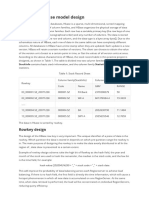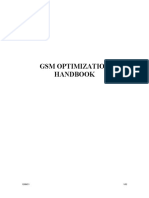0% found this document useful (0 votes)
42 views26 pagesTodo Web Application Project Report
The document is a project report on the development of a To-Do web application aimed at improving task management for users. It outlines the project's objectives, system requirements, design, implementation, testing, and future enhancements. The application features user authentication, task categorization, and a responsive UI, and is built using technologies like React, Node.js, and MongoDB.
Uploaded by
AnshulCopyright
© © All Rights Reserved
We take content rights seriously. If you suspect this is your content, claim it here.
Available Formats
Download as PDF, TXT or read online on Scribd
0% found this document useful (0 votes)
42 views26 pagesTodo Web Application Project Report
The document is a project report on the development of a To-Do web application aimed at improving task management for users. It outlines the project's objectives, system requirements, design, implementation, testing, and future enhancements. The application features user authentication, task categorization, and a responsive UI, and is built using technologies like React, Node.js, and MongoDB.
Uploaded by
AnshulCopyright
© © All Rights Reserved
We take content rights seriously. If you suspect this is your content, claim it here.
Available Formats
Download as PDF, TXT or read online on Scribd
/ 26























































































